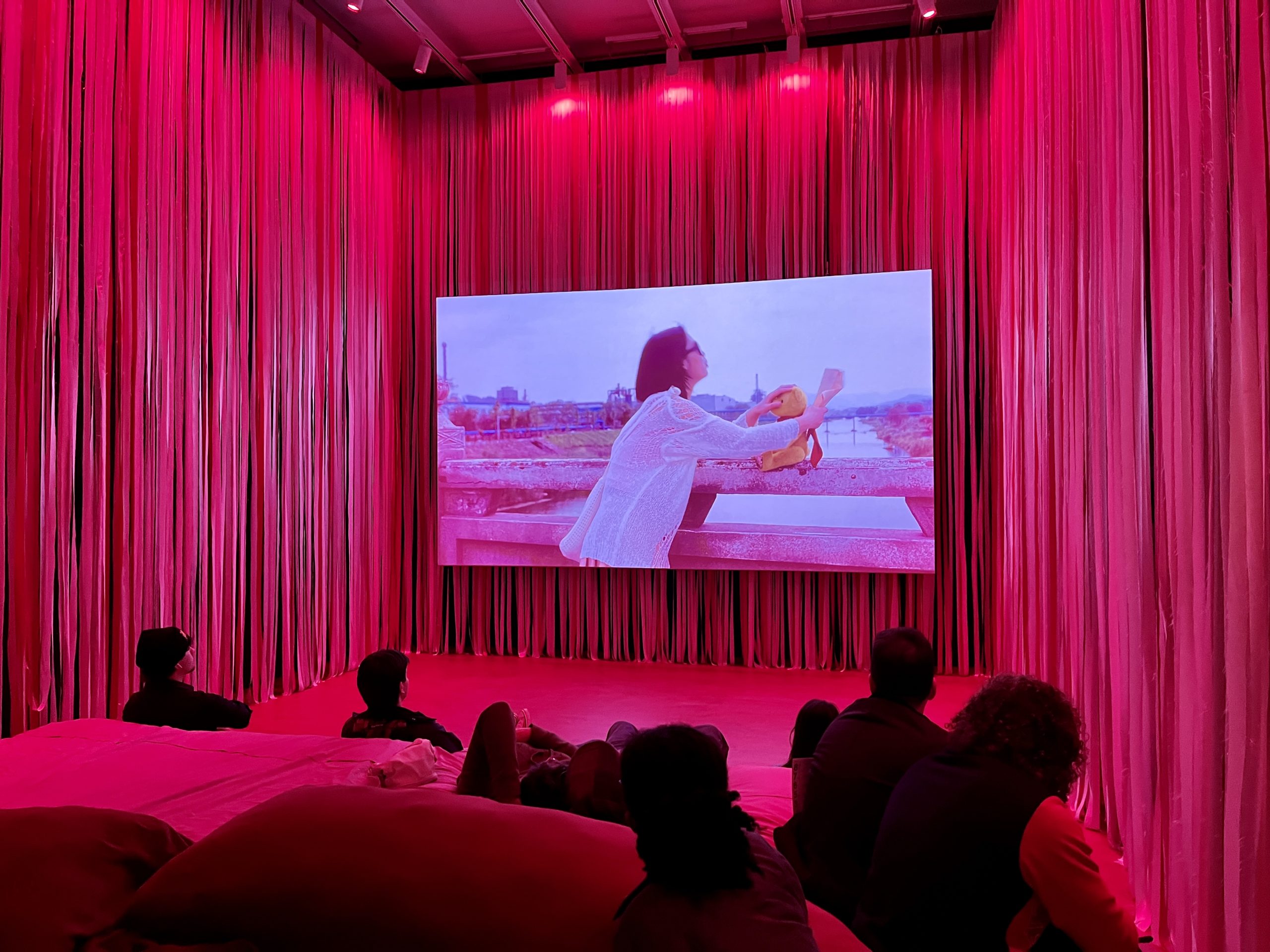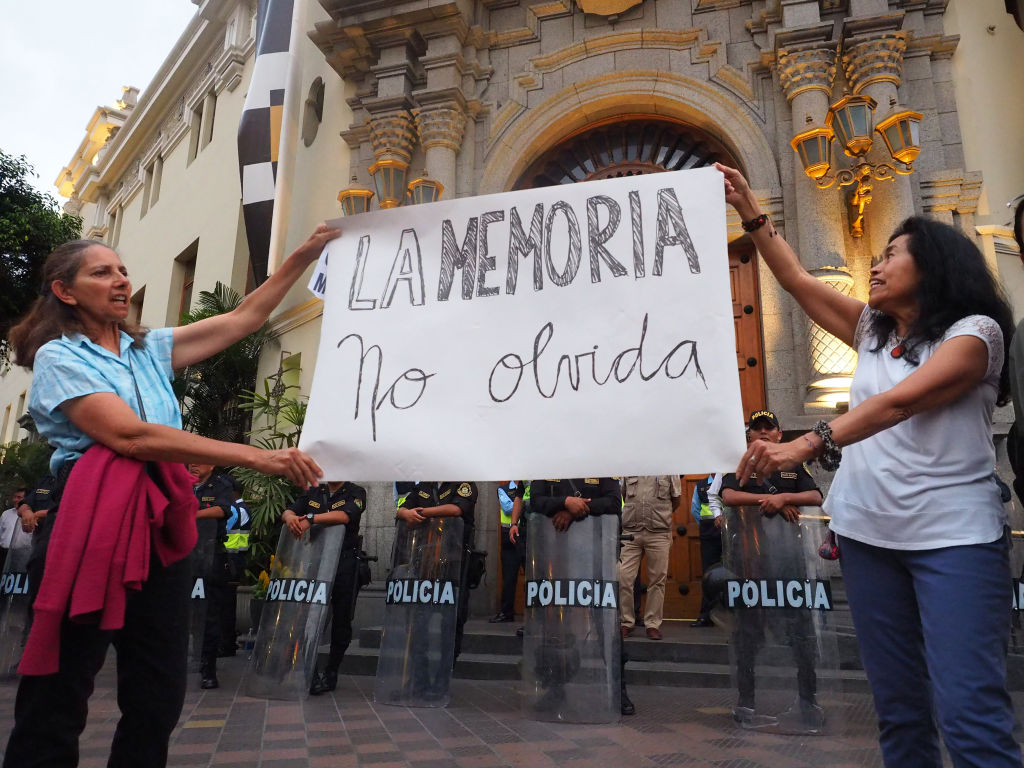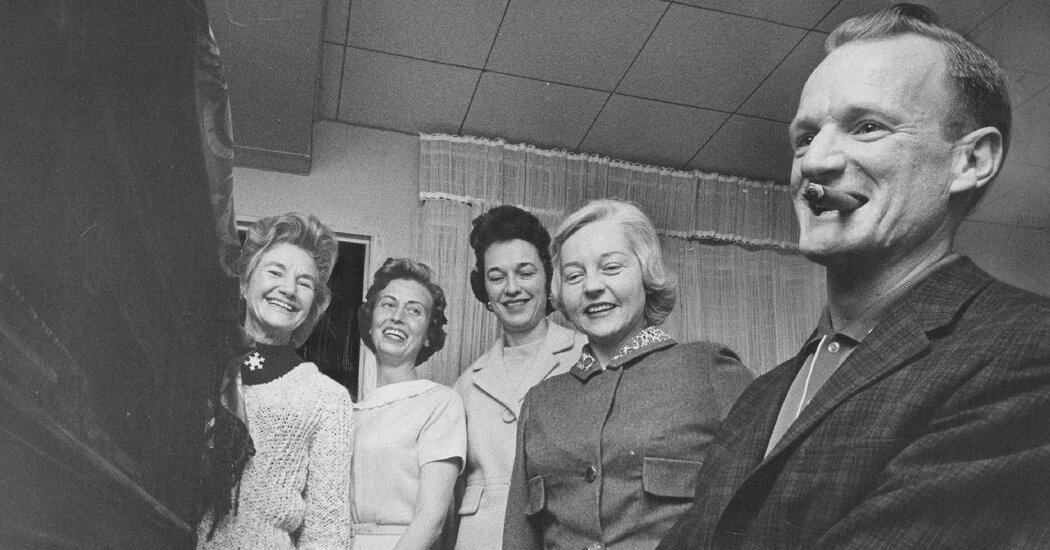I keep hearing people call the Whitney Biennial “safe.” It’s usually art-world people and critics, who tend to say it every two years, as if the museum has ever intentionally sought controversy or embraced radical politics. That’s never been the case. For that reason, there’s nothing safer than calling the Whitney Biennial “safe.”
This year especially, the moniker is ill-fitting and glib. The 2024 Biennial places a striking emphasis on video work, vastly distinguishing itself from previous iterations. I found this fundamental difference refreshing. And as a curatorial decision, I dare say it’s decidedly unsafe. Essayistic, performance-based, and contemplative, many of the video works here demand time, and far more than cursory attention. This Biennial is not for the casual walk-through visitor, and definitely not a show your young kids will enjoy.
Head Curators Chrissie Iles and Meg Onli even hired five additional curators for film, sound, and performance works. As I walked through the exhibition, the prominence of these media had me wondering if painting was “dead” again and I’d just missed the memo. And where’s all the photography? There’s hardly any.
But that’s not the only reason we can’t so easily call the Biennial “safe.” Another is that it undeniably touches on every urgent political issue in American society today, from reproduction rights in Carmen Winant’s photo collage of abortion clinic workers and LBGTQ+ struggles in Sharon Hayes’s interview with a group of queer elders to race and colonialism through excellent video works by Isaac Julien, Clarissa Tossin, and others.
Nor can we claim that it completely avoided the P-word, as Demian DinéYazhi’’s clandestine, flickering “Free Palestine” neon text somehow managed to catch curators by surprise and avoid removal from the show. Sure, the statement is pretty mild. But does anyone expect newbie Whitney Director Scott Rothkopf, who entered the job just five months ago, to bang on the table during a board meeting and bellow at his billionaire trustees, “We must talk about Palestine”? Not in a million years.
In late 2018, in response to a staff letter calling for the resignation of the Whitney’s then-vice chair and tear-gas industrialist Warren B. Kanders that was first published on Hyperallergic, then-Director Adam Weinberg declared the museum as a “safe space for unsafe ideas,” with the immediate caveat that the “Whitney is first and foremost a museum. It cannot right all the ills of an unjust world, nor is that its role.” It was a public admission that some ideas are still too unsafe for the Whitney.
The same holds true today. And the curators of this year’s Biennial certainly seemed to favor quiet reflections on the issues of the day over confrontational art. Nothing here wants to punch you in the gut, shake you up, or motivate you to run outside and burn down a police station. It’s as quiet as it gets, to paraphrase the title of the 2022 Biennial.
As a survey of American art — or, at least, of what American art galleries sell — the Whitney Biennial holds a mirror to society. If this year’s works are “safe,” it’s because they reflect the tameness and resignation of our culture at large more than that of the Whitney alone. When the best we can do is a repeat of Donald Trump versus Joe Biden, maybe we deserve this whisper of a Whitney Biennial. Disunited, frightened, and worn out, it is us who prefer to play it safe.


